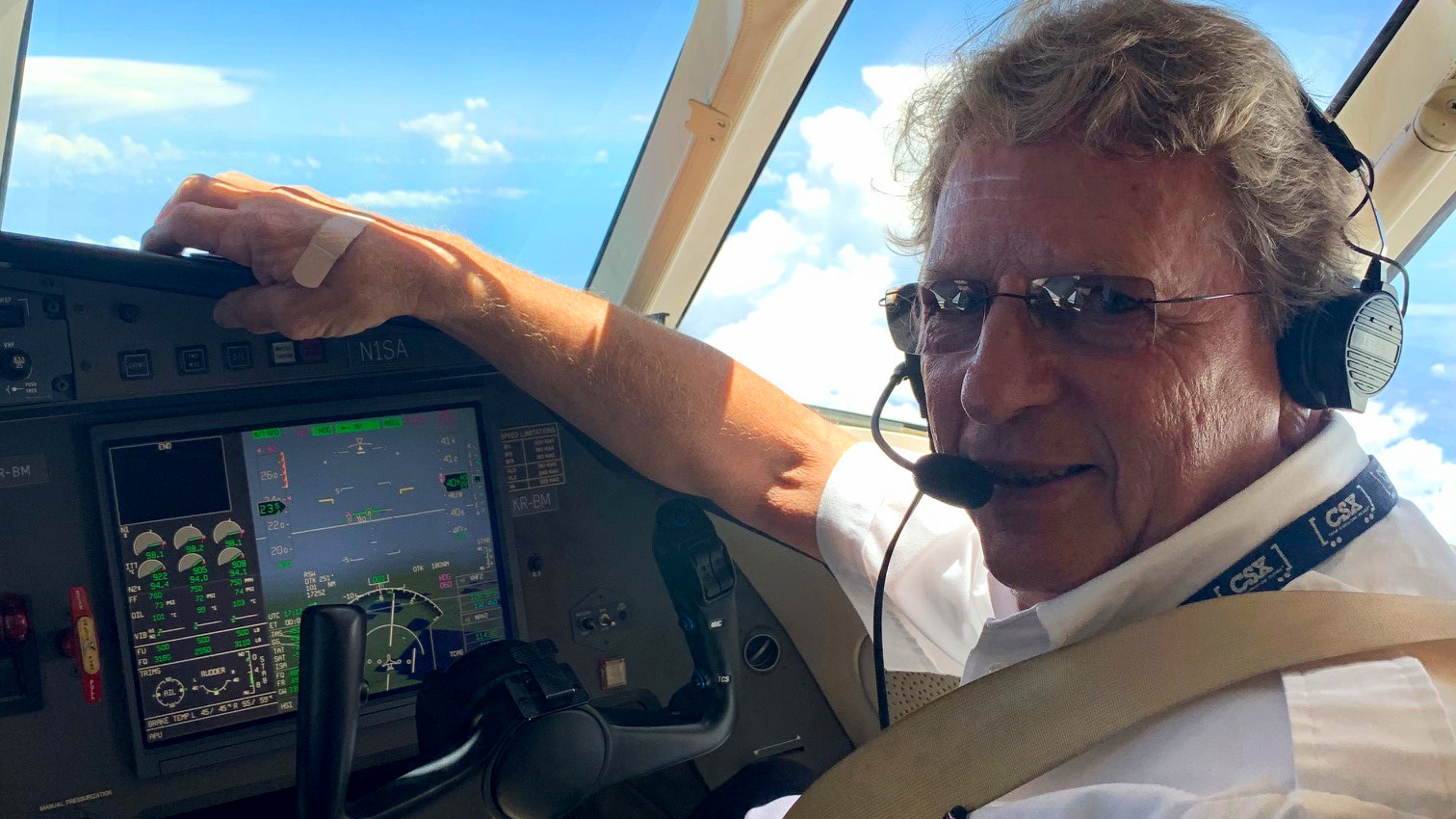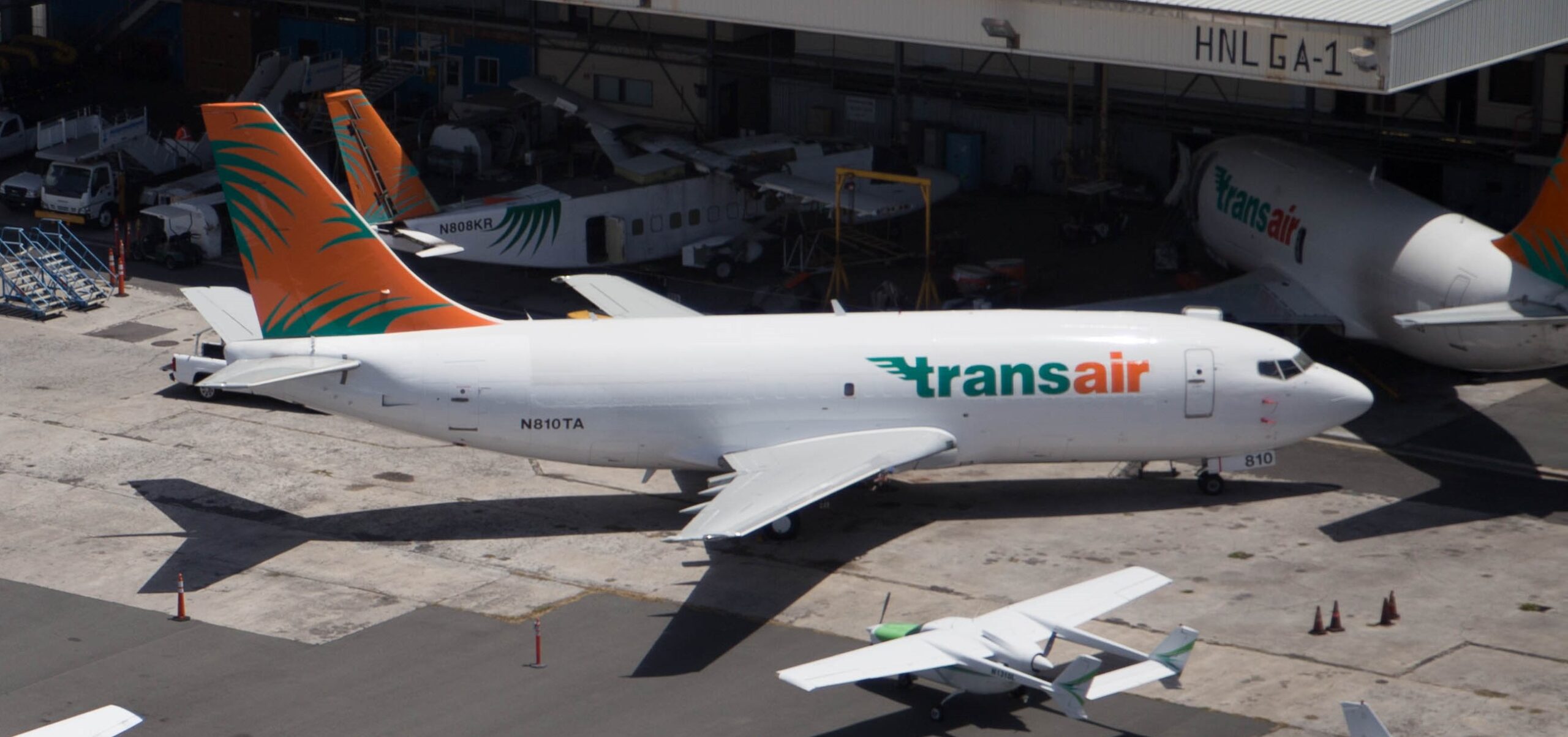Ditching Aircraft - An arrow icon on the home page indicates an expandable section or menu, or sometimes previous/next navigation options. Tech
The Twitter icon is a stylized bird with its mouth open and tweeting. The word "in" on the Twitter LinkedIn icon. LinkedIn Flipboard icon Stylized letter F. Flipboard Facebook Icon Letter F. Facebook Email Icon Envelope. It shows the ability to send email. Email link icon Image of a chain link. It launches the website link URL. Copy the link
Ditching Aircraft

Subscribe to our newsletter for the latest tech news and scores - delivered to your inbox daily.
The 'miracle On The Hudson' Flight: 8 Things You Might Not Know, A Decade Later
NARRATOR: On January 15, 2009, US Airways Flight 1549 crashed into a flock of Canada geese shortly after takeoff from New York's LaGuardia Airport. The plane lost all engine power while flying over Manhattan. Their alternative? Try landing on the Hudson River or bump into one of America's many cities.
Narrator: All 150 passengers survived thanks to the clear conditions, skillful maneuvering and the quick response of the rescue personnel. You've probably heard this story before, but this isn't the only time something like this has happened. And despite this success, landing an airplane on water is extremely dangerous.
Ditching is a water-controlled emergency landing. This can be caused by almost anything, but is usually caused by engine failure or running out of fuel. Pilots decide to abandon the plane only when there is no better alternative. Despite the difficulty, pilots do not receive comprehensive training in ditching.
Chesley Sullenberger, pilot of US Airways Flight 1549, told The Telegraph in 2018: "The only training we had for the water landing was to read a few paragraphs in the manual and have a short classroom discussion."
Transair Boeing 737 Involved In Ditching Near Honolulu
Carolina Anderson: You don't really train in an airplane or simulator, but most airlines cover it in training. But this is not mandatory for every airline.
Narrator: This is Carolina Anderson. He is an assistant professor of aeronautical science at Embry-Riddle Aeronautical University. Anderson noted that it is rare for an aircraft to be abandoned.
Anderson: It's not very common. You mostly see them on small ships, not so often on big ships.

Explain: Ships are usually tested using simulated bodies of water rather than real bodies of water. The ship must float long enough to get the passengers out. But pilots have more to worry about than the airplane. Unlike landing on a runway, there are many variables beyond the pilot's control.
Tanzania Plane Crash: Precision Air Flight Crashes Into Lake Victoria
The most obvious is the wave. The bigger the waves, the more dangerous the landing. Pilots try to land parallel to the waves, not across them, so that the waves don't push the plane around, which can damage the plane, injure passengers, and make it difficult to get out.
Like in 1956 when Pan Am Flight 6 had to ditch in the Pacific Ocean between Honolulu and San Francisco. On landing, the wing struck the sow, spinning the plane 180 degrees, damaging the nose and breaking the tail. Fortunately, everyone survived.
During maneuvering, pilots must keep the wings level and maintain an approach angle that is not too steep to prevent a hard impact. Inside the plane, passengers are advised to prepare for a collision. And everything in the cabin must be locked. Another big factor is the weather. Clear conditions give the pilot better control of the plane and increase visibility. Pilots balance all these variables to prevent the plane from breaking up. If the ship breaks, there is a high risk of flooding.
ANDERSON: You're not going to be swimming very long, and if you go down too hard, there's a high chance it'll break because the water will get in and it'll start sinking.
Blowing $5,000 In 5 Seconds! Life Raft Deployment
Anderson: Basically, you want to pull as slowly and lightly as possible. If the airplane has retractable landing gear, you want the gear up and you want the flaps all the way down.
Narrator: If the landing is successful, the next step is to get everyone off the plane. This has to happen quickly because the Federal Aviation Administration requires planes to be removed within 90 seconds.
Fortunately, modern airplanes are equipped with a number of safety features to help passengers if the plane crashes. Commercial ships use rafts and flotation devices, such as rescue equipment. They also have flares and emergency radios. Airplanes are designed in such a way that landing in water does not cause immediate harm to passengers. Most ditch-related deaths are due to drowning, not collisions.

But don't let this discourage you from flying. A forced water landing is unlikely, especially on a commercial flight. When flying, you should always listen to safety instructions. And always keep calm. This article requires additional citations for verification. Please help improve this article by adding references to reliable sources. Inappropriate content can be challenged and removed. Find sources: "Water Landing" - News · Newspapers · Books · Scholars · JSTOR (June 2020) (Learn and how to remove this template message)
Pilot Survives Ditching Plane Into Ocean Off Hawaii After Running Out Of Gas (video)
In aviation, a water landing is, in the broadest sense, an aircraft landing on a body of water. Seaplanes, like seaplanes and flying boats, land on water normally. A ditching is a controlled emergency landing on the surface of water in an aircraft designed for another purpose, which is extremely rare.
Controlled surface flight and uncontrolled flight into bodies of water (including runway walking in water) are generally not considered water landings or ditching.
No sources are cited in this section. Please help improve this section by adding references to reliable sources. Inappropriate content can be challenged and removed. (June 2020) (See how and how to delete this template message)
Seaplanes, flying boats and amphibious vehicles are designed to fly and land on water. Flying can be supported by a hull-shaped frame and/or pontoons. The availability of long, efficient runways has historically been important in breaking down size restrictions on aircraft, and their release from constructed runways has been useful for transport to lakes and other remote areas. The ability to hang in the water is also important in sea rescue operations and firefighting. One of the disadvantages of water logging is that it is dangerous to predict waves. In addition, the necessary equipment to understand the aerodynamic performance and speed of the ship.
Bangshift.com Classic Youtube: Ditching A B 24 Liberator In The James River, With A Crew Aboard!
The first spacecraft launched by the United States were designed to take off in water using the splash method. The plane parachuted into the water, which acted as a cushion, stopping the plane; The effects were brutal, but lasting. Taking off from water instead of land made the brake rocket unnecessary, but its disadvantages were the difficulty of acquisition and the risk of sinking. NASA designed the space shuttle to land on a runway. As of 2020, SpaceX Dragon has used water launch vehicles. The Boeing CST-100 is designed for exactly this.
Although ditching is very rare in commercial passenger traffic, TDs are often left behind by smaller aircraft as they tend to have only one engine and are less redundant in their systems. According to the Traffic Safety Board, about a dozen drainages are made per year.
General aviation includes all aspects of aviation that are not military or scheduled (commercial) flights. This category includes small aircraft such as trainers, airplanes, gliders, helicopters and business aircraft, including business aircraft and other work aircraft. General aviation has the highest number of accidents and incidents, with 16 deaths per million flight hours, while commercial aviation (North America and Europe) has 0.74 deaths per million flight hours.

The FAA does not require commercial pilots to be trained in ditching, but airline cabin crew must be trained in evacuation procedures.
Aeroflot Flight 366
In addition, the FAA introduced regulations requiring (operator type, number of passengers, weight, route) to carry emergency equipment on board, including flotation devices such as life jackets and life rafts.
Some aircraft are designed with the possibility of landing on water. For example, an Airbus aircraft has a "ditch release button" which, when pressed, closes valves and openings under the aircraft, including the outflow valve, emergency RAT air intake, avionics inlet, exhaust valve and flow control. valve It is intended to slow down the flood in the descent of the water.
January 13, 1923: Aeromarine Airways Aeromarine 75 was forced into the Atlantic Ocean when the flying boat suffered engine trouble. Five of the nine people on board survived.
21 October 1926: Imperial Airways Handley Page W.10 (G-EBMS) crashed into Gullish Channel after engine failure. All 12 people on board survived.
What Happens When A Plane Makes An Emergency Landing?
17 June 1929: Imperial Airways Handley Page W.10 (G-EBMT) crashed into Gullish Channel after engine failure. 6 of the 13 on board survived.
21 January 1939: Imperial Airways Short S.23 Empire (G-ADUU) crashed into the Atlantic after losing generator power. Ten of the 13 passengers survived.
February 10, 1945: A missing US Air Force Douglas C-47 attempted to make an emergency landing on a nearby aircraft.

Wain roy ditching bucket, ditching buckets for sale, ditching, ditching bucket for backhoe, ditching shovel, aircraft ditching, hydraulic tilt ditching bucket, ditching bucket, ditching machine, kubota ditching bucket, aircraft ditching videos, excavator ditching bucket
0 Comments